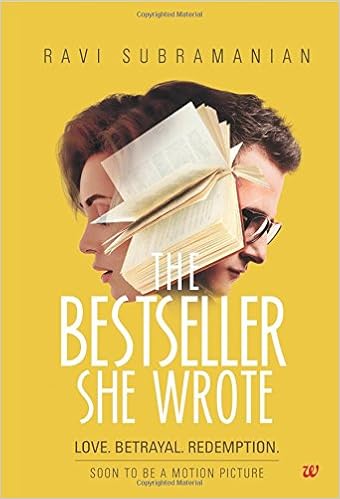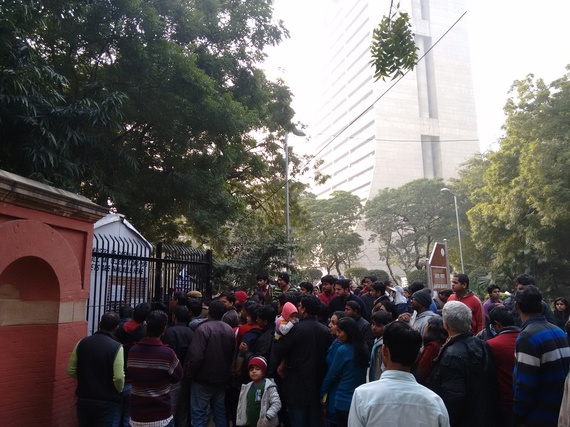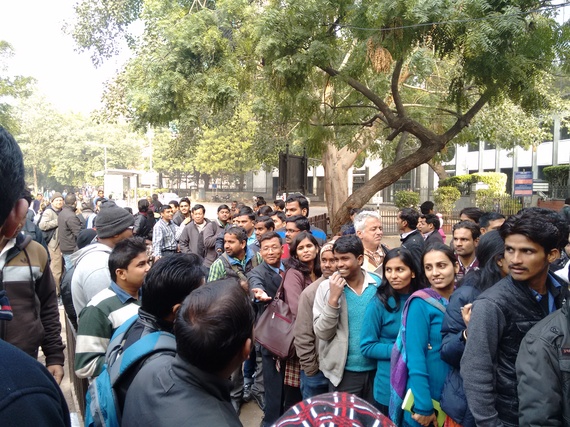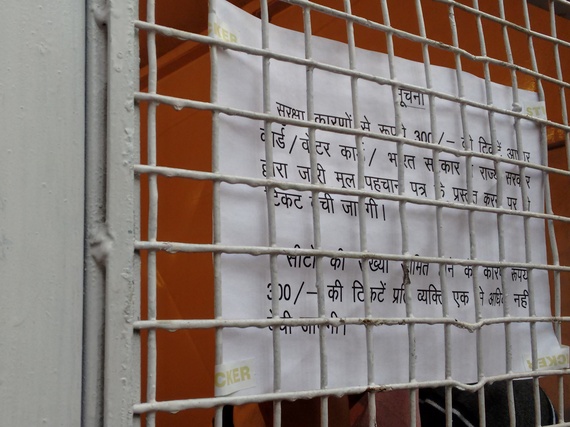It’s election time in
Singapore! Most of my friends in Singapore (1992 born) shall be getting only
their first opportunity ever to vote in a General Election unlike my Indian
buddies who have already voted in a General Election as well as several state
elections.
Though in the words of
Singapore’s first Prime Minister, (Harry) Lee Kuan Yew, Singapore has moved
‘From third world to the first’, Singapore still maintains its colonial hangover
of having a minimum voting age of 21 though Britain and most of the rest of the
world has already reduced the voting age to 18 if not lower.
Along with Singapore, the
other members of the group of countries with a high voting age are, Kuwait,
Lebanon, Oman, Tonga and Tokelau! Is this really the group of countries that
Singapore wants to identify with? (Yes, neighbouring Malaysia also retains a
high voting age of 21 but just because they have a colonial hangover doesn’t
mean that Singapore should too. And this applies to not just the voting age but
other issues such as 377A, preventive detention and judicial caning
too.)
Most Commonwealth countries,
and western democracies have reduced the voting age to 18 during the 1960s and
1970s. Even in Singapore’s own backyard, all ASEAN countries apart from
Singapore and Malaysia allow their citizens to vote at atleast 18 years of age.
Japan, one of
the last developed countries also holding on to a high voting age, just recently
amended its law and has reduced the voting age to 18 this
year.
“Old enough to fight, old enough
to vote”

In the United States and Great Britain, one
of the most prominent arguments for lowering of the age of voting was that
anyone who was considered old enough to fight and die for the nation, should be
considered old enough to take part in the nation’s decision making processes.
Dwight D. Eisenhower, who led the American forces in Europe during the Second
World War and then became the President of the United States himself stated that
he believed that those who were old enough to be conscripted should be
considered old enough to vote. The logic behind this argument is a fairly
straightforward one, if someone is going to be sent to war, he should have a say
in choosing the leaders who make those decisions regarding going to war (or
not). More simplistically, if you can trust someone with handling lethal weapons
(and multimillion dollars worth military technology and platforms such as
fighter planes, radars and submarines), you should be able to trust them to make
a simple choice for their leaders at the polling booth.
Even at the worst of times,
United States has only had a ‘draft’ or ‘lottery’ system of conscription
while Singapore has universal conscription for all men. Thus, the “Old enough to
fight, old enough to vote” argument applies just as much, if not more, to
Singapore as it did to the United States. It is imperative that the Singaporeans conscripted into the SAF have the opportunity to vote for the leaders who make the decisions about their deployment.
Clumsy Justifications of
the Ministry of Law, Singapore
At present the Singapore
Ministry of Law justifies the high voting age by simply stating that Singapore
does not have a single threshold age of majority for all purposes. Adulthood is
attained through a gradual process, with a progressive increase in rights and
responsibilities. The example given is that the right to drive is attained at 18
while voting and making a will is allowed only at 21. This is at best a
description of the situation at hand and by no means is it an explanation or
justification regarding why the voting age is 21.
Why does Singapore believe in
a system where some rights are given at each threshold rather than all at 18?
Even if it has to be a progressive system why the right to vote only at 21? Why
cant it come before the right to drive?
The letter by Ministry of Law
representative (reproduced above) provides no answer to these questions, nor
does it give any logical connection or showing how acquisition of certain rights
makes citizens better enabled to choose their representatives at a later point
in time. Did learning to drive or rather having the right to drive really make
anybody better qualified to vote or choose a representative? I don’t think so.
The letter also makes a reference to citizens having had work experience and NS
experience by the age of 21 without demonstrating how exactly that makes one
better able to gauge electoral candidates. The laws made by the Parliament
affect all the citizens equally rather than just those who are employed, so
there is hardly any natural link between employment and assessing candidates for
parliamentary elections or their policies.
Just trust the
teenagers
Unlike what the Ministry of
Law believes, voting is simple matter. It is not some complex level of decision
making requiring hyper maturity which young Singaporeans don’t have. All you
have to do during an election is to choose a candidate who you think could
represent you and your area (constituency) the best. You have to look out for
your self interest. Looking for one’s self interest is such a basic human
attribute that even children do not need to be taught. With one of the highest literacy rates in the world,
Singaporean teens are definitely educated and mature enough to understand
national policies and to evaluate candidates. Many of the polices are even
discussed in the Social Studies (Combined Humanities) classes in Secondary
Schools and General Paper Classes in the Junior Colleges. Similarly, teens are
also exposed to the electoral process on a
smaller level in the elections for students council / prefects et al in their
schools.
Lastly, there is no right way
to make a choice about whom to vote for that needs to be learnt. In a vibrant
democracy, people choose whom to cast their votes for, for various different
reasons. Some people cast their based on the party, some look at the candidates,
policies are important for some while the manner of speaking / persona or charm
maybe the key for others. None of this is wrong or right, it is just one of many
ways in which to make a choice. As long as someone has basic education and
ability to make simple decisions in self interest, it is enough. Some countries
are now even moving to a 16 years voting age so the least Singapore can do is to
trust its young men and women to vote at 18 like the rest of the
world.
Note: One of the images used in the blogpost is a screenshot of the following webpage. The copyright over the content in the image vests with AsiaOne. Webpage - http://news.asiaone.com/print/News/The%2BStraits%2BTimes/Story/A1Story20080510-64381.html
 Sure, the cover and the back says “Love. Betrayal. Redemption.” But then who takes the blurbs seriously? Bankerupt mentioned emu farming on the cover, but it was an out and out banking thriller i.e. exactly the fare we have come to expect from Ravi Subramanian.
Sure, the cover and the back says “Love. Betrayal. Redemption.” But then who takes the blurbs seriously? Bankerupt mentioned emu farming on the cover, but it was an out and out banking thriller i.e. exactly the fare we have come to expect from Ravi Subramanian.









